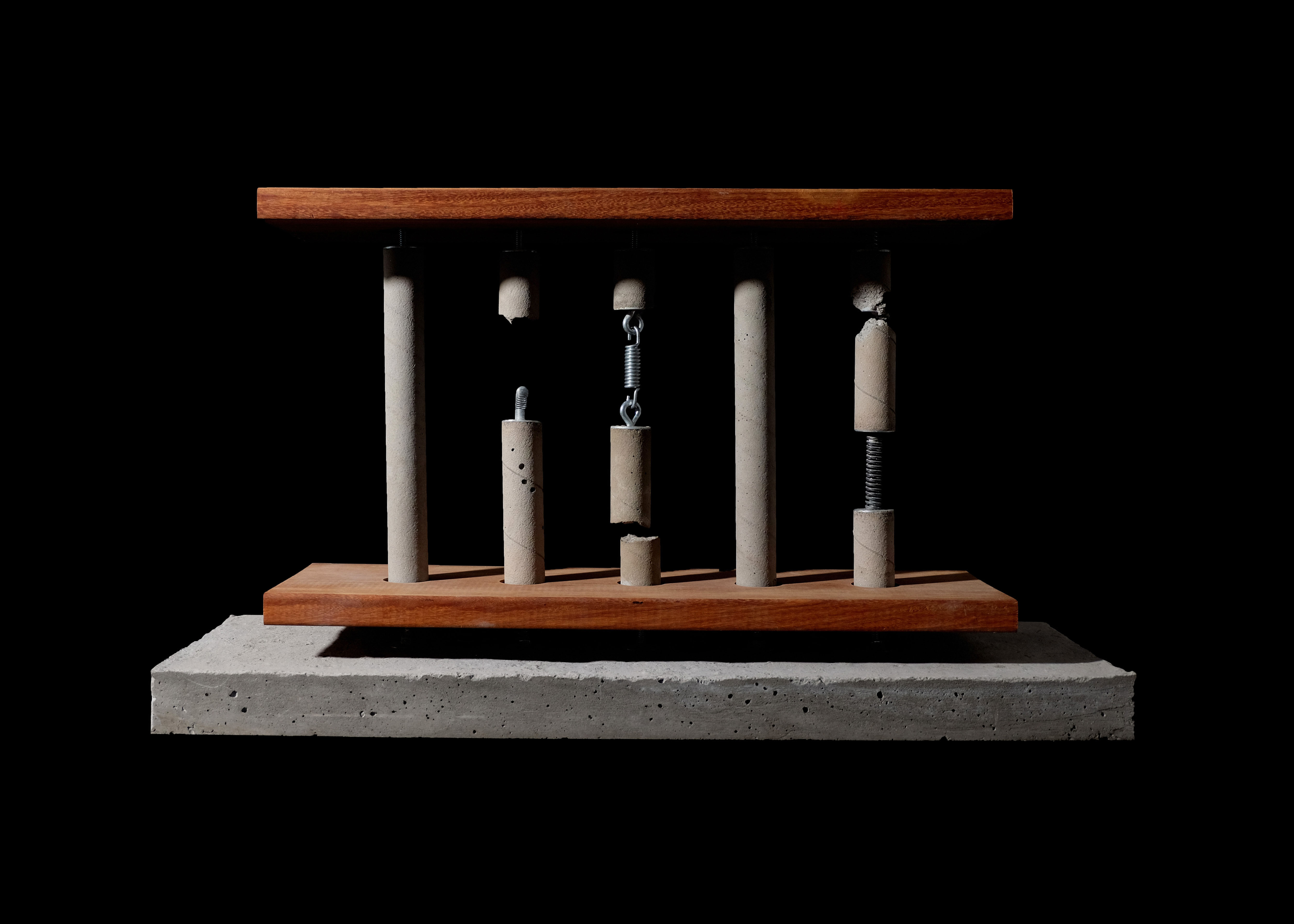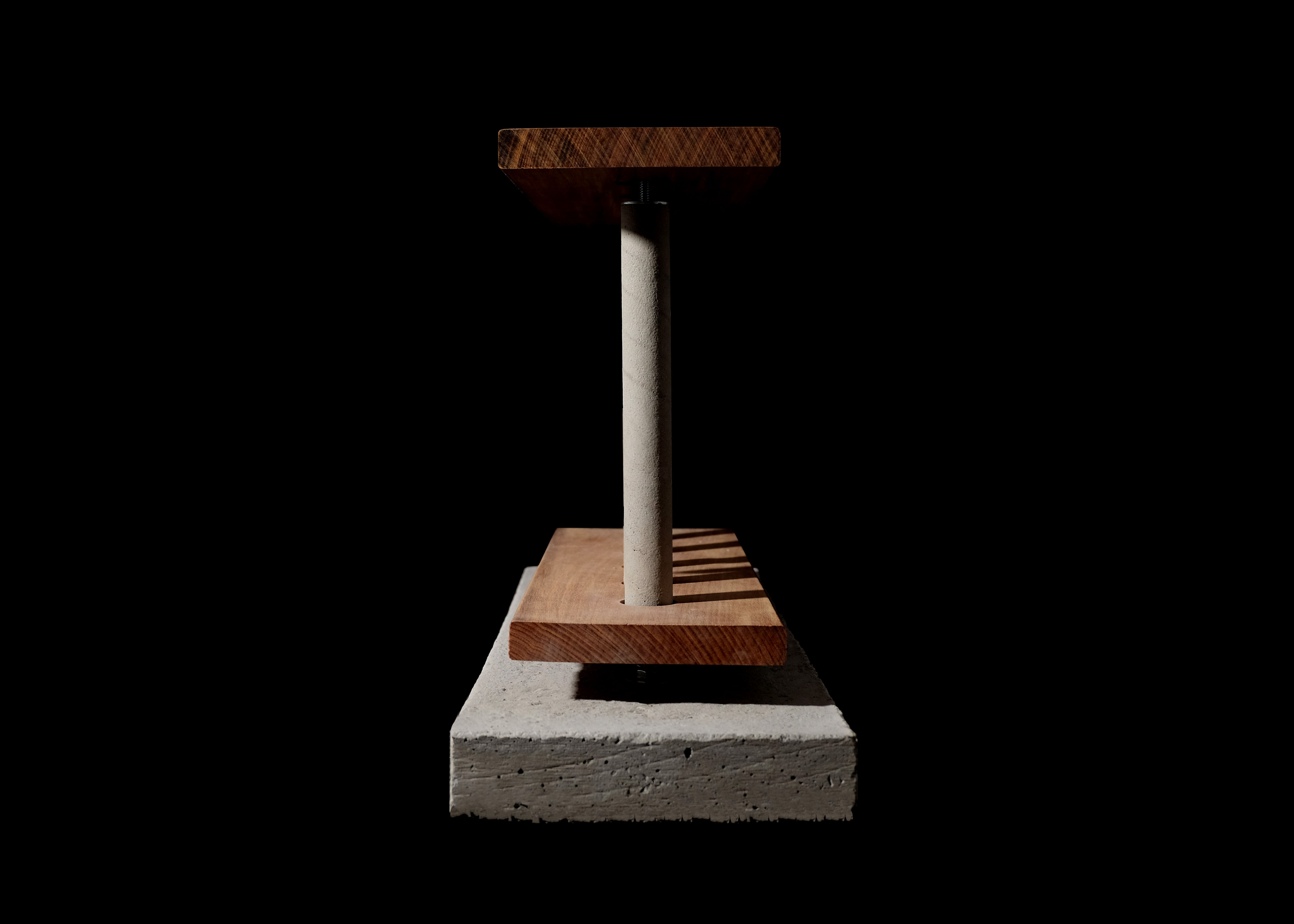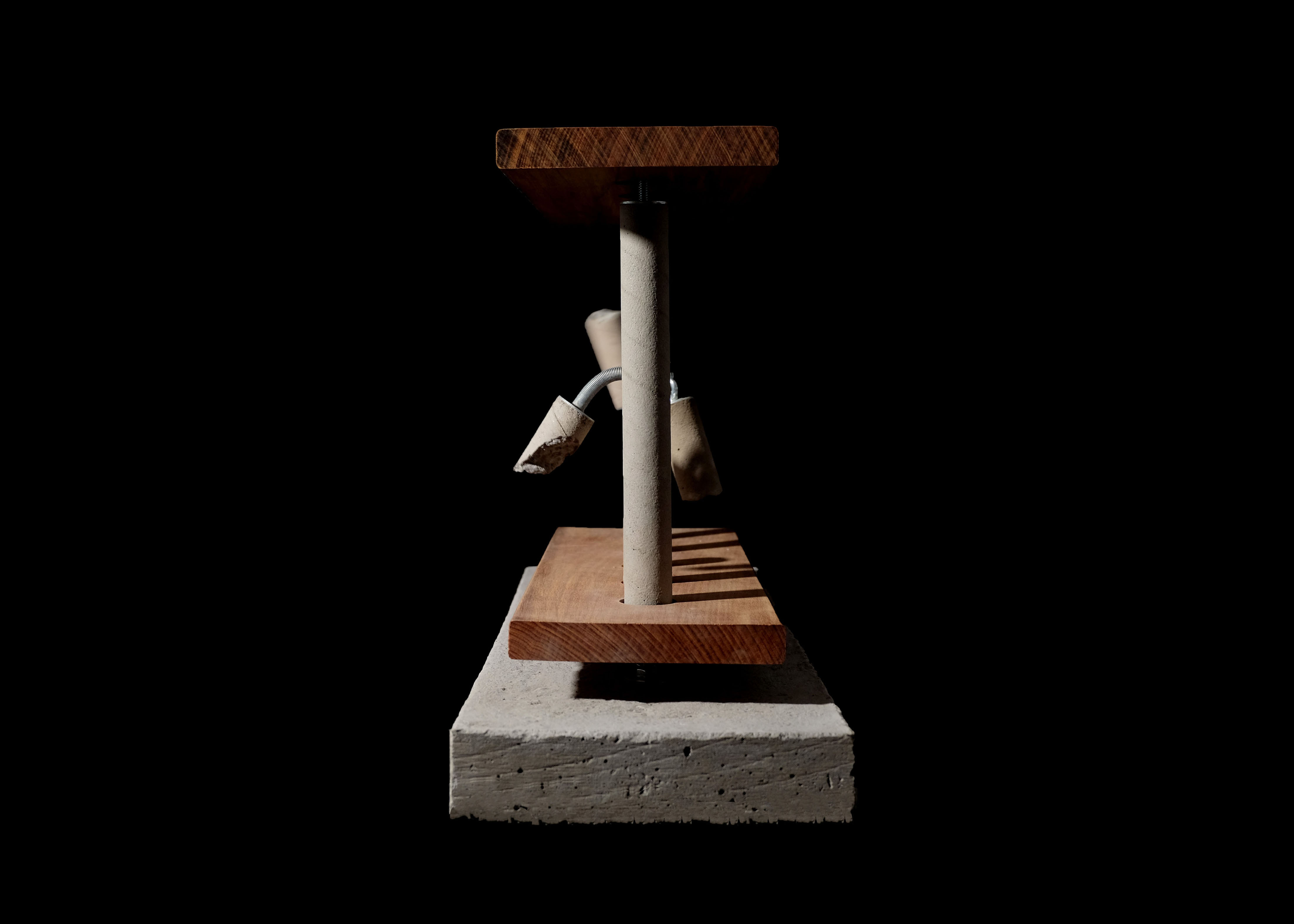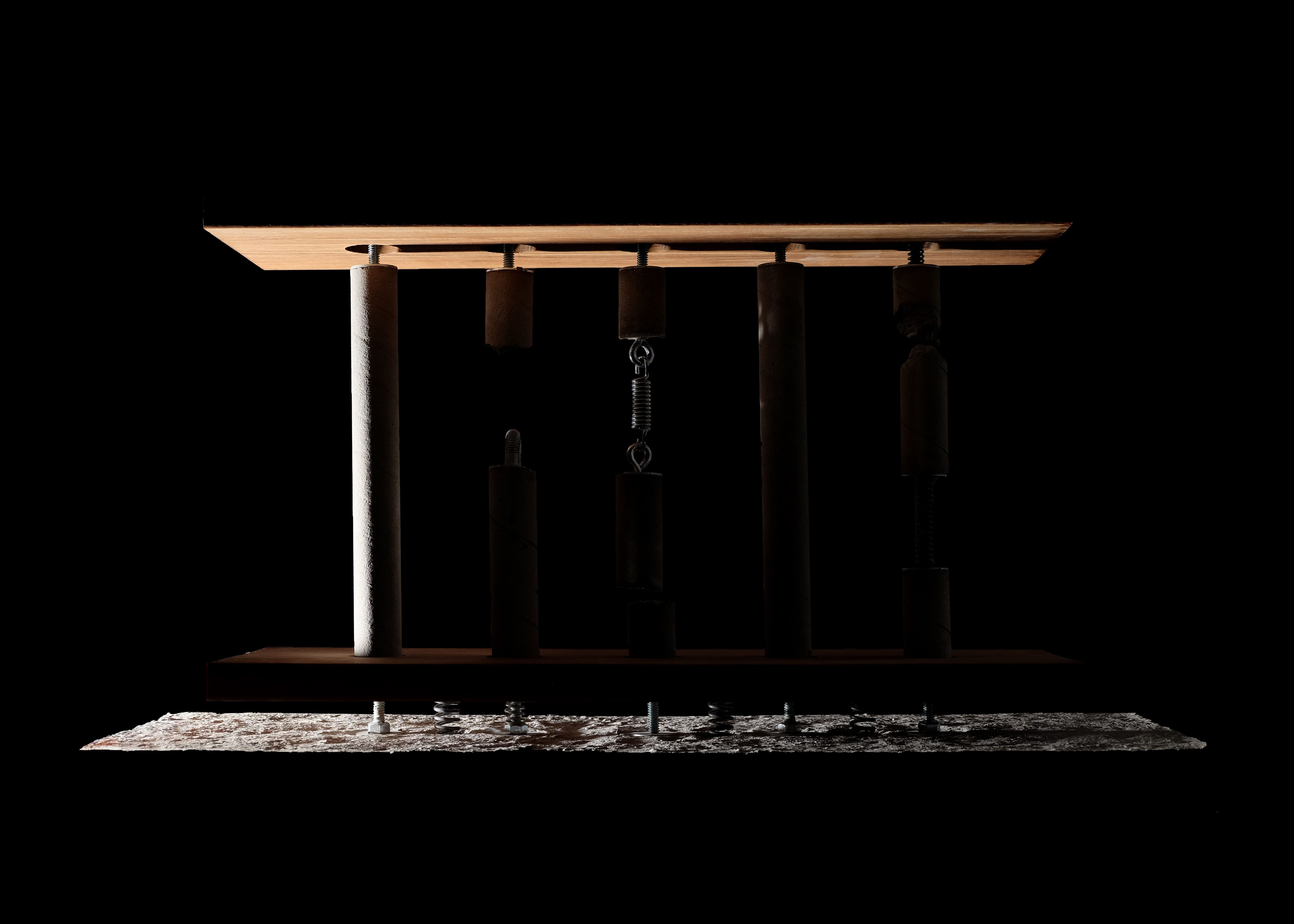




The Poetics of Play & Construction - 02 / 06
Fall 2019
Architecture serves many purposes in society: a place of refuge, a place of work, and at times, a place of play. Play is intrinsic, as Johan Huizinga noted, “It adorns life, amplifies it and is to that extent a necessity both for the individual—as a life function—and for society by reason of the meaning it contains, its significance, its expressive value, its spiritual and social associations, in short, as a culture function.” Given the innate desire for play, how often does the architecture that we inhabit promote play?